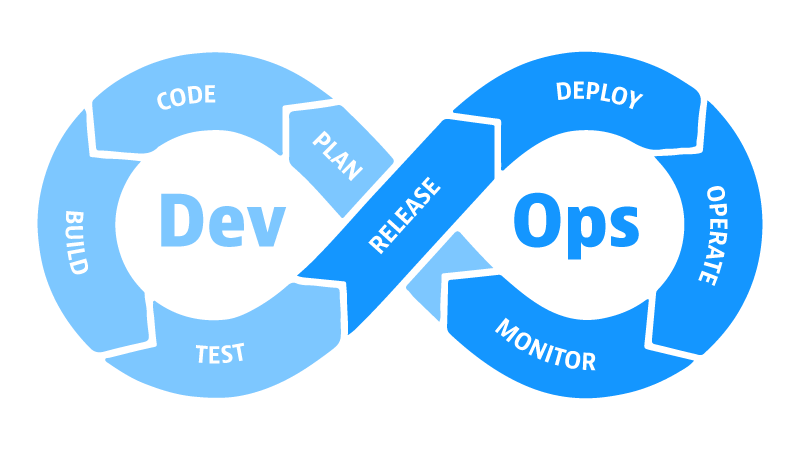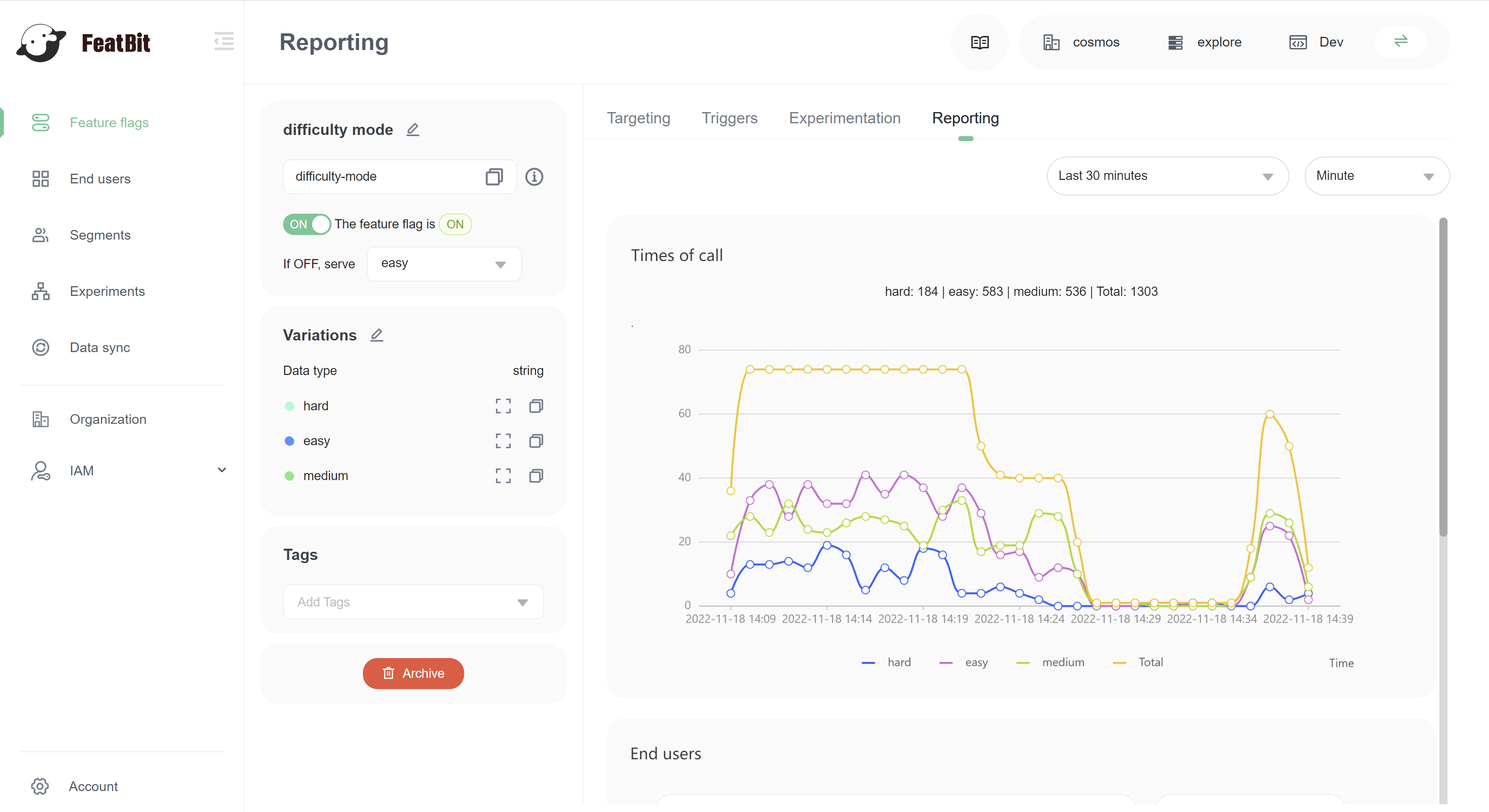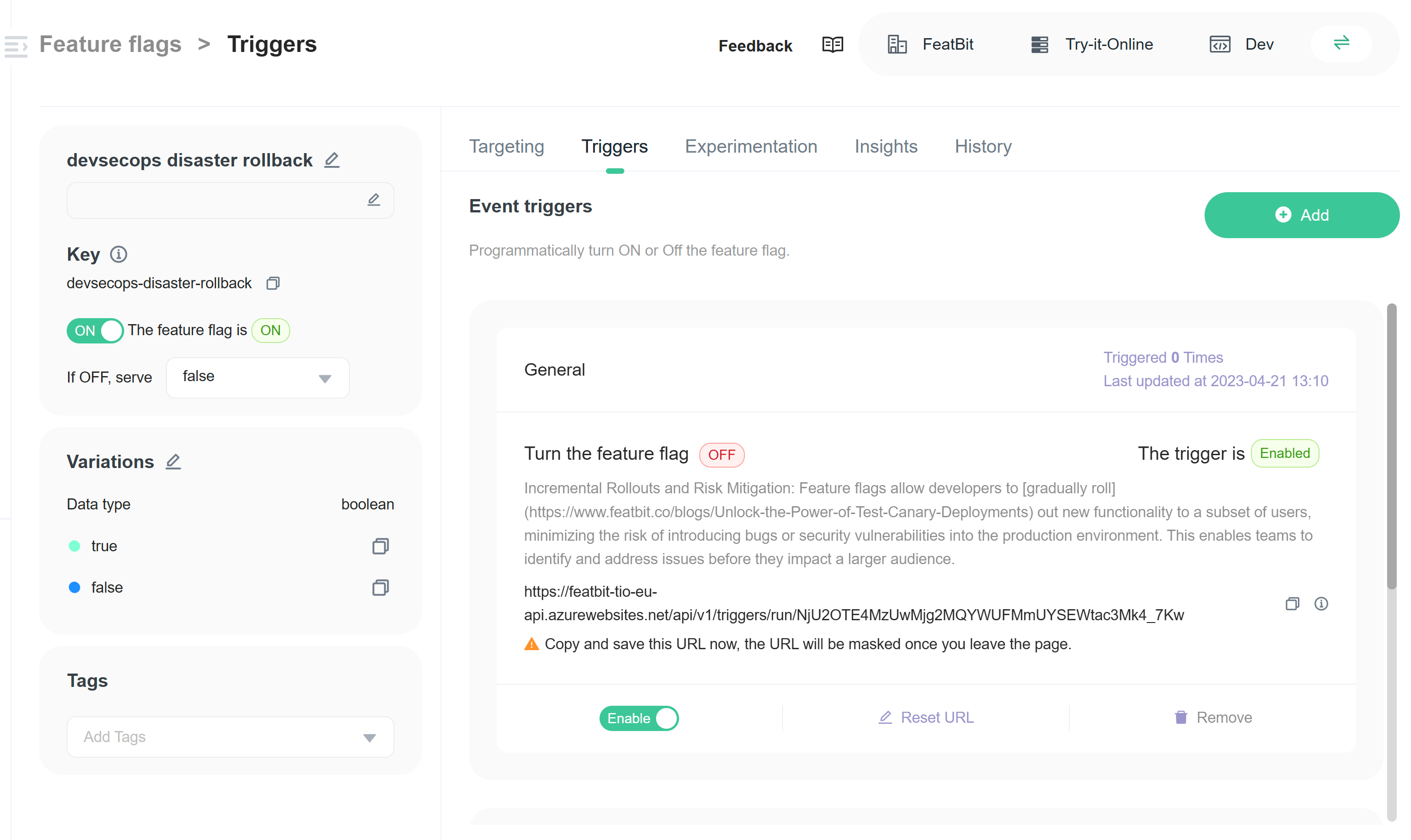Innovate
Your Software
Faster without Risk
Innovate Your Software Faster without Risk
Revolutionize DevOps Tooling with Feature Flags for Streamlined Development & Deployment

Introduction
In the fast-paced world of software development, it's crucial to have tools that not only simplify processes but also empower teams to build and deploy features with speed and confidence. One such tool is Feature Flags, which have become an essential component of modern DevOps practices. In this article, we'll explore how Feature Flags can revolutionize your DevOps tooling, streamline development and deployment processes, and empower your team to deliver high-quality software more efficiently.

What are Feature Flags?
Feature Flags, also known as Feature Toggles, os a software development technique that enables teams to decouple feature releases from code deployments. By wrapping new functionality in a Feature Flag, developers can control the visibility and functionality of a particular feature without requiring a full release cycle. This allows for faster testing, experimentation, and risk mitigation, as features can be turned on or off with minimal impact on the overall system.
Benefits of Using Feature Flags in DevOps Tooling
-
Accelerate Development and Deployment Feature Flags allow development teams to work on new features independently from the main codebase, enabling parallel development and reducing the risk of conflicts. As a result, teams can iterate faster, test more effectively, and deploy features with greater confidence.
-
Improved Testing and Quality Assurance By isolating features behind flags, developers can perform targeted testing on specific functionality without affecting the entire system. This allows for more focused quality assurance efforts and faster identification of issues, leading to more stable and reliable software.
-
Seamless Rollouts and Rollbacks With Feature Flags, you can incrementally roll out new features to a subset of users or environments, ensuring a smooth transition and minimizing the impact on your end-users. If an issue arises, rolling back a feature is as simple as toggling the flag off, reducing downtime and maintaining system stability.
-
Experimentation and A/B Testing Feature Flags enable experimentation and A/B testing, allowing teams to gather valuable user feedback and performance data. By testing different variations of a feature with a specific user segment, you can make data-driven decisions on which version provides the best user experience and optimize your product accordingly.
-
Choose an Open-Source Feature Flag Management Tool: FeatBit In addition to commercial offerings, you can also consider open-source solutions for managing Feature Flags. FeatBit is an excellent open-source option that provides a user-friendly interface and robust management capabilities. By choosing FeatBit, you can leverage its feature-rich platform to create, manage, and track your Feature Flags while benefiting from the flexibility and cost savings of an open-source tool. Incorporate FeatBit into your DevOps pipeline to experience seamless flag management and take advantage of a thriving community for support and continuous improvements.
Integrating Feature Flags into Your DevOps Pipeline
To leverage Feature Flags effectively, it's essential to integrate them into your existing DevOps pipeline. Here are a few key steps to consider:
-
Select a Feature Flag Management Tool: FeatBit.
-
Establish a Flag Naming Convention: Consistent naming conventions make it easier to manage and maintain Feature Flags, reducing confusion and increasing productivity.
-
Implement Feature Flagging Best Practices: Encourage your team to follow best practices, such as creating short-lived flags, removing stale flags, and using feature flag hierarchies.
-
Monitor and Analyze Flag Performance: Regularly monitor and analyze feature flag performance to ensure optimal system stability, gather insights, and make data-driven decisions.

- Utilize Webhooks, WebAPIs, and Triggers for Better Integration: These tools can help automate the flag management process, enabling real-time updates and seamless synchronization across your pipeline. They can also facilitate communication between your feature flag management tool and other systems.

Conclusion
Feature Flags have the power to transform your DevOps tooling and streamline your development and deployment processes. By adopting Feature Flags, your team can enjoy faster development cycles, improved testing and quality assurance, seamless rollouts and rollbacks, and the ability to experiment with new features with minimal risk. Integrate Feature Flags into your DevOps pipeline today and experience the benefits firsthand.